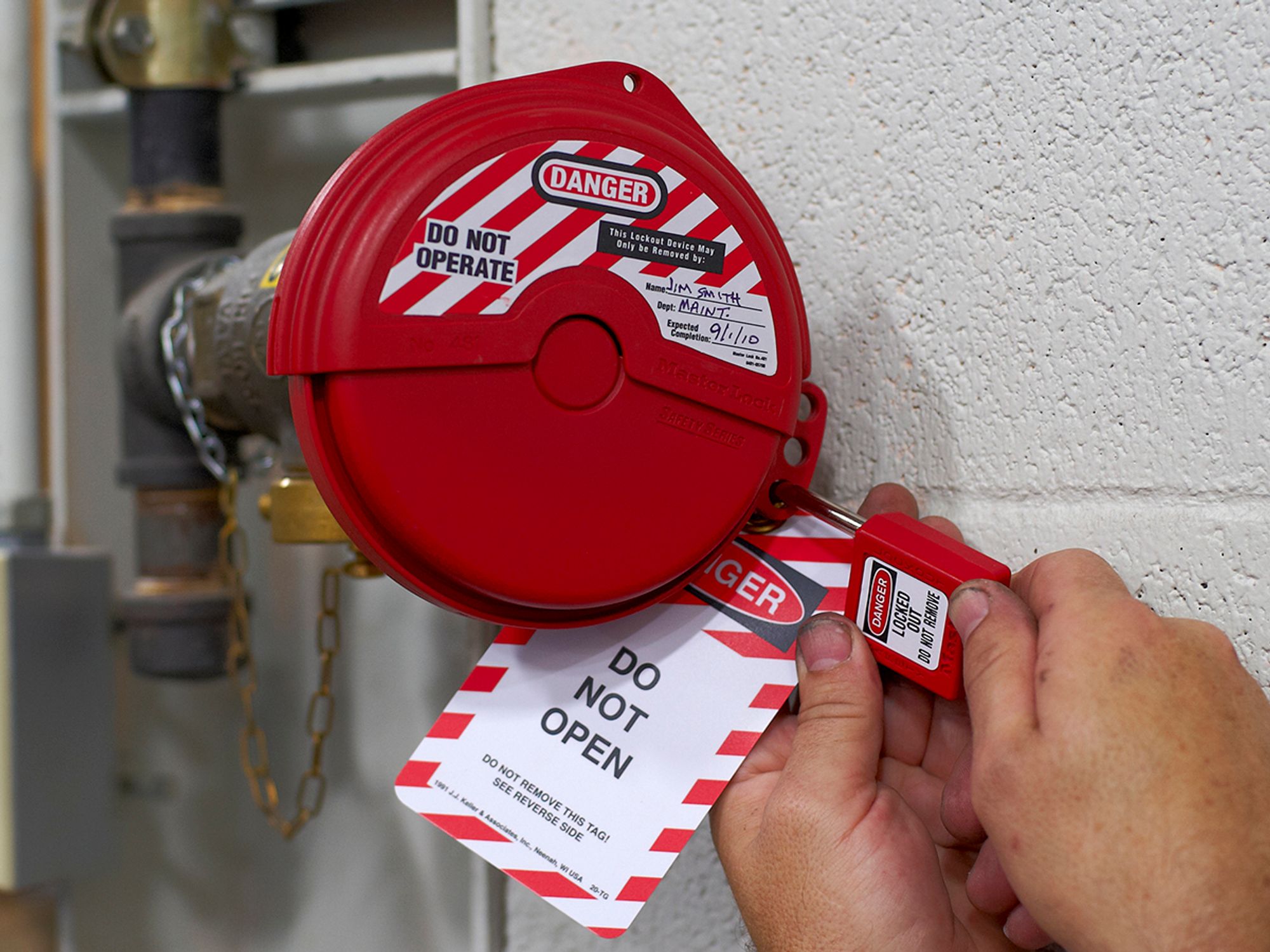Lockout and tagout

In many industries, nearly 10 percent of serious accidents result from a failure to control hazardous energy during servicing and maintenance activities. Preventing such accidents is the goal of the Occupational Safety and Health Administration’s standard for “The control of hazardous energy (lockout/tagout),” 29 CFR 1910.147. This standard outlines the procedures employees must use to prevent the unexpected release of hazardous energy from machines and equipment during servicing and maintenance.
The lockout/tagout standard requires each employer to establish a program for affixing lockout or tagout devices to energy-isolating devices on machines and equipment to prevent their unexpected energization, startup, or release of stored energy. This program must include documented energy-control procedures that are specifically tailored to machinery and equipment in the workplace and developed before any servicing or maintenance begins.
The principles and requirements for lockout/tagout apply to employers in all general industry workplaces where employees perform servicing or maintenance on machines or equipment that could expose them to the unexpected release of hazardous energy. All employers must understand the importance of compliance with this standard.
The standard doesn’t apply in certain situations such as transmission and distribution hot tap operations, unplugged equipment under the exclusive control of an authorized worker, when continuity of service is essential, where shutdown is impractical, and when following documented procedures and using special equipment that will provide proven effective protection for employees.
Full information about energy-control provisions may be found in the following OSHA standards:
